Keynote Speakers
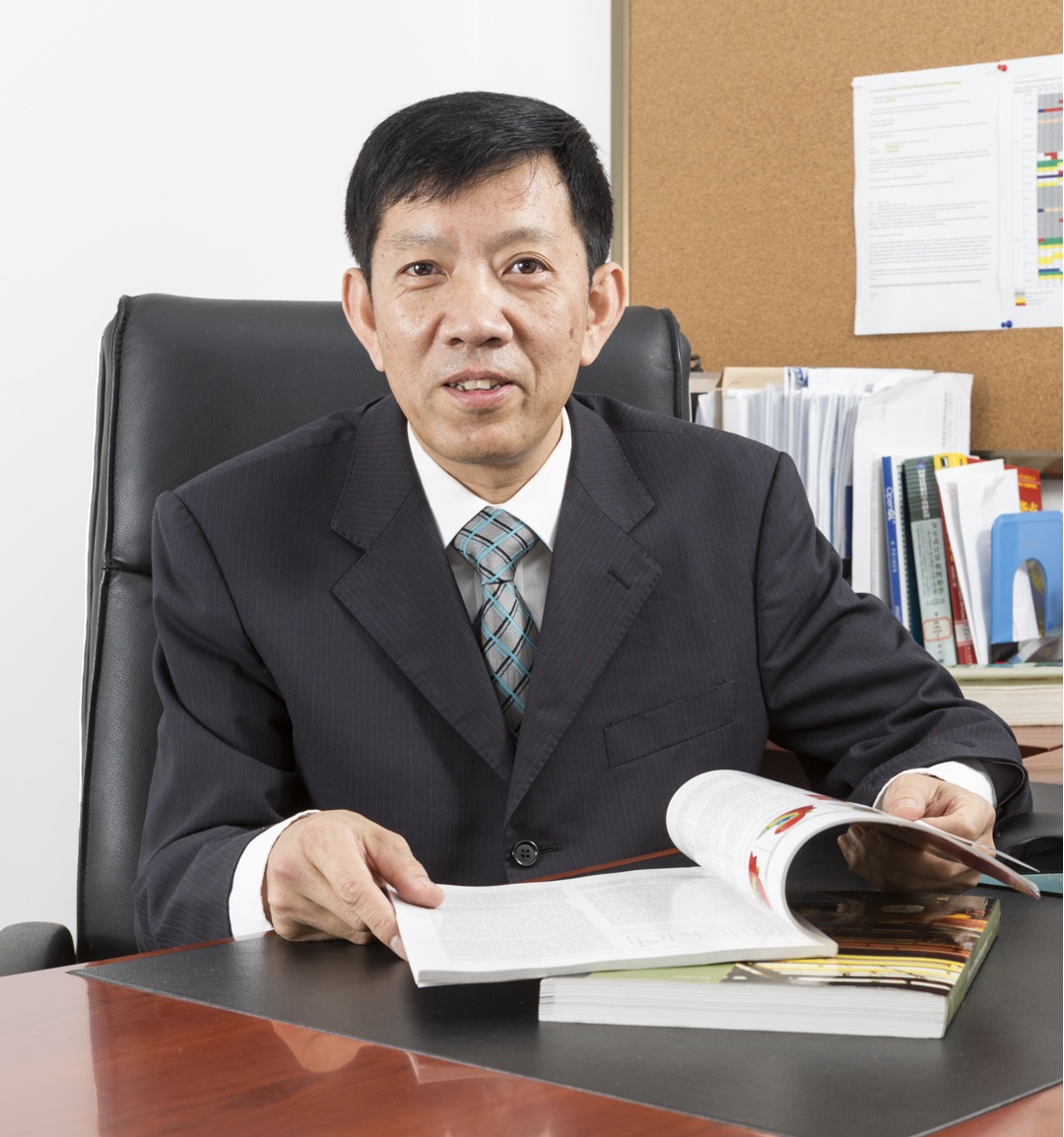
Prof. Yong Yue, Xi'an Jiaotong-Liverpool University, China
(IET Fellow)
Experience: Yong Yue (BEng Northeastern China, PhD Heriot-Watt UK, CEng, FIET, FIMechE, FHEA) is a Professor at the Department of Computing, and Director of the Virtual Engineering Centre (VEC) and Suzhou Municipal Key Lab for Intelligent Virtual Engineering. He was Head of the Department of Computer Science and Software Engineering (2013-2019). Prior to joining XJTLU, he had held various positions in industry and academia in China and the UK, including Engineer, Project Manager, Professor, Director of Research and Head of Department. Professor Yue has experience in learning and teaching, research and enterprise as well as management. He has led a variety of research and professional projects supported by major funding bodies and industry. He has also lead curriculum development at both undergraduate and postgraduate levels. His research interests are in virtual reality, computer vision, robot applications and operations research. He has nearly 300 peer-reviewed publications and supervised 38 PhD students to successful completion.
Title: Intelligent Real-Time Path Planning for Unmanned Surface Vehicles
Abstract: Unmanned Surface Vehicles (USVs) play a key role in water environment monitoring. A backbone of USVs is intelligent path planning which is crucial for ensuring the safety, reliability and success of USVs amid challenges such as fluctuating currents and tides while detecting and avoiding obstacles. This talk briefly introduces the USV, reviews contemporary techniques for path planning and presents ongoing work on intelligent real-time path planning for the USV for water environment monitoring. The work covers a novel path-keeping algorithm based on artificial potential field (PK-APF), enhancing the USV ability to maintain its pre-set path under variable wind conditions; a novel riverbank following planner (RBFP) with point cloud data to realise autonomous navigation along riverbanks for surveying water environments; a self-supervised framework for autonomous USV docking without the need for traditional human labelling and camera calibration, leading to highly precise USV docking manoeuvres.
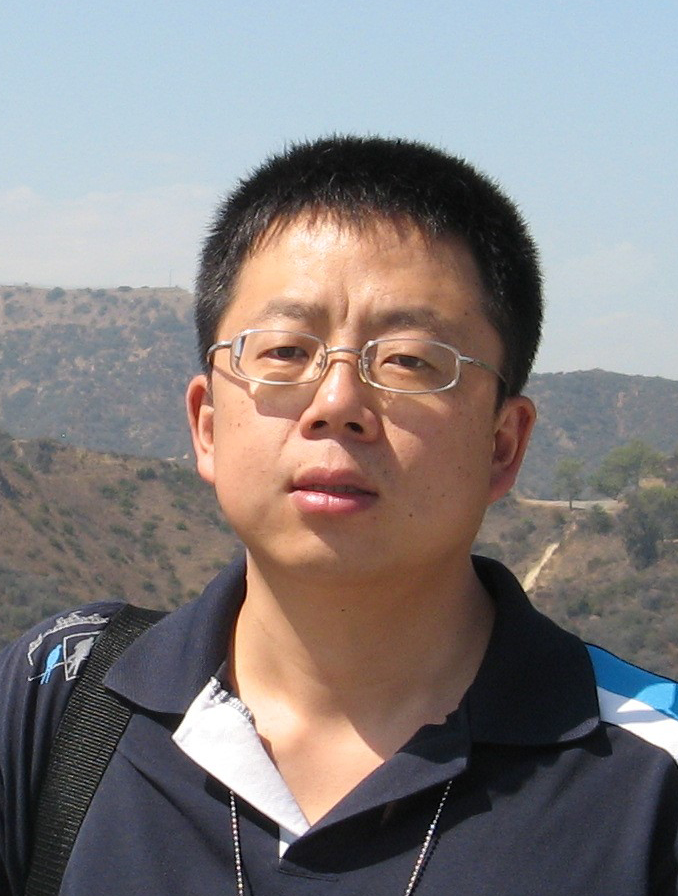
Prof. Yan Zhang, Capital Normal University, China
Experience: Yan Zhang is a professor in the Department of Physics, Capital Normal University. He is the director of the Beijing Key Laboratory of Metamaterials and Devices, and a fellow of the Optical Society of America. Professor Yan Zhang’s team is mainly engaged in research in terahertz optoelectronics, micro-nano optics, optical information processing, etc., and has published more than 400 SCI papers in internationally renowned journals such as Nature Photonics, Nature Communications, Advance Optical Materials, Opto-Electronic Advances, etc. He has been cited more than 10,300 times by SCI and has given more than 60 invited reports at international conferences.
Title: Terahertz spatial modulators for wavefront manipulation
Abstract:Terahertz radiation has many potential applications such as wireless communication and nondestructive imaging. Spatial modulators are quite important for terahertz communication and imaging. Several terahertz modulators are proposed to meet this requirement.
Optically controllable spatial modulators are proposed. Using a structured femtosecond light beam to illuminate the silicic wafer, the carriers which can block the transmission of terahertz wave will be generated, thus the intensity of transmitted terahertz wave will be modulated. Terahertz holograms are generated using the intensity modulation and special beams such as vortex beams are generated. Furthermore, the distribution of photo-generated carriers can also server as dynamic metasurface to modulate the phase of transmitted terahertz wave. A dynamic lens with variable focal length and focal point is demonstrated and some special intensity distributions are generated with using PB phase modulation.
Electronically controlled modulators with highly performance operating are in demand for the integration and miniaturization of terahertz-based systems. We proposed a new mechanic for terahertz intensity modulator in which the intensity of terahertz reflections can be controlled by electrically adjusting the electrodynamic interaction of PEDOT:PSS:DMSO and ionic liquid. A controllable terahertz amplitude grating is fabricated to demonstrate the electronically switcher among three modes, which can effectively modulate the angle distribution of the reflected wave. Furthermore, a 3×5 modulator array is fabricated and 10 Arabic numerals are displayed. Overall, the tunable resonance and graphical ability of the device are expected to support the application and development of terahertz modulation devices.
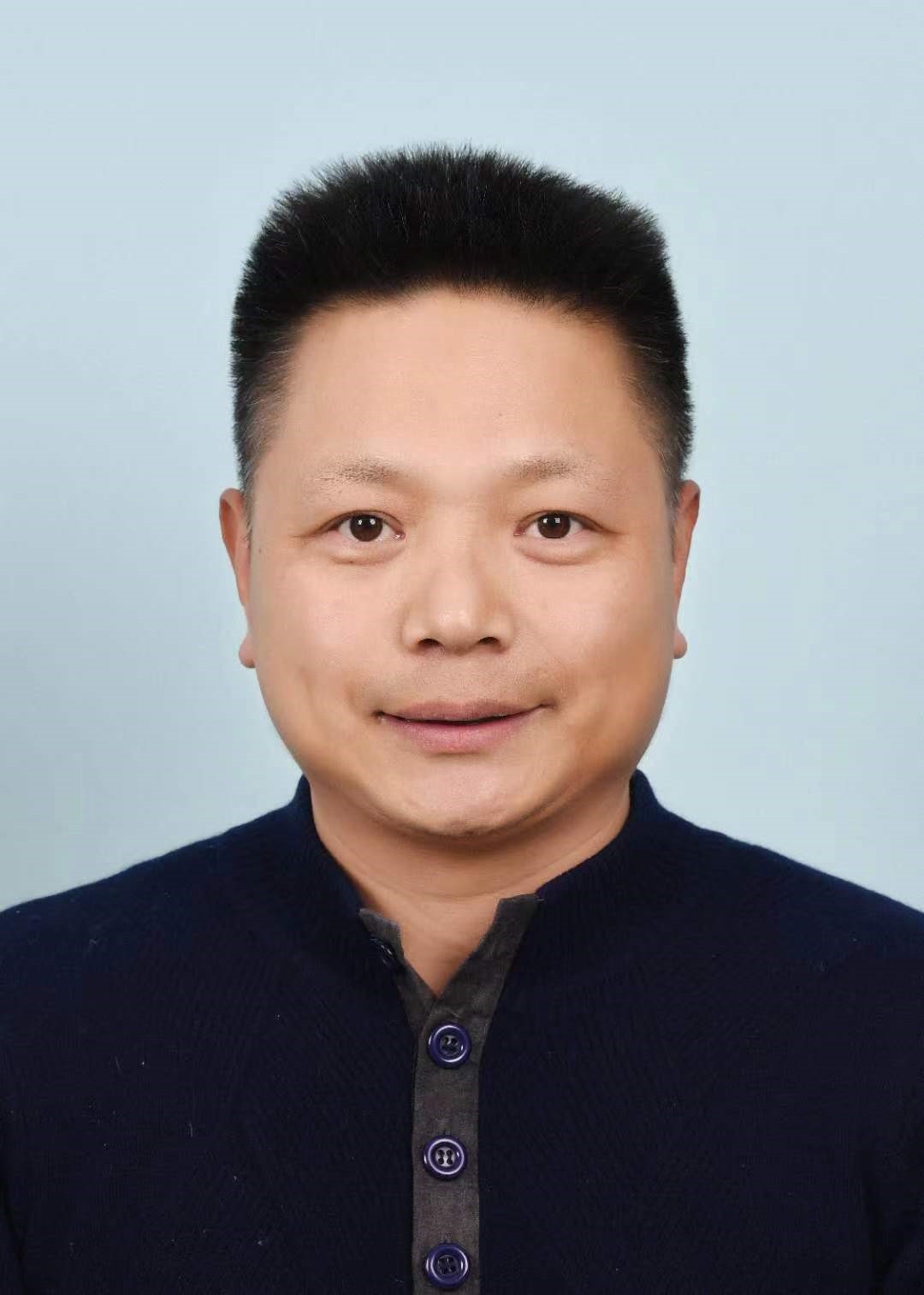
Prof. Baojun Qiao, Henan University, China
Experience: Qiao Baojun is currently a Professor at the School of Computer and Information Engineering, Henan University; Director of Henan Key Laboratory of Big Data Analysis and Processing; and Doctoral Supervisor. He also holds the titles of Distinguished Teacher of Henan Province, Academic Leader of the Department of Education of Henan Province, and Scientific and Technological Innovation Talent in Colleges and Universities of Henan Province. His main research direction is artificial intelligence. He has successively presided over and participated in more than 20 scientific research projects at the national and provincial levels, published more than 50 academic papers publicly, and won 2 Second Prizes of the Henan Provincial Science and Technology Progress Award.
Title: Autonomous and Controllable Intelligent Processing Technologies and Applications for Multi-source Remote Sensing Data in Aerospace
Abstract: Aiming at addressing issues such as inconsistent system specifications for multi-source heterogeneous remote sensing image data, complex and slow production processes of massive remote sensing products, low data interpretation accuracy in complex scenarios, and insecure remote sensing data sharing and algorithm calling, this study has developed autonomous controllable key technologies for intelligent processing of aerospace multi-source remote sensing data. A "five-layer and fifteen-level" remote sensing data organization system was designed, which supports standardized slicing of multi-source heterogeneous data. An intelligent scheduling and acceleration method for remote sensing products was established, which supports parallel task scheduling in distributed cluster systems. By integrating a process customization method, it achieves efficient full-process production of products on the domestic Sugon platform. A set of deep learning algorithms for intelligent remote sensing image processing was proposed. Targeting different objects in various scenarios, it realizes multi-level interpretation tasks such as classification, detection, recognition, and semantic understanding. A a full-process trusted technology system for remote sensing big data was constructed, which supports the traceability of data sources and the verification of algorithm calling processes, thereby realizing secure sharing of remote sensing data and trusted calling of algorithms. A supporting service platform for intelligent processing of aerospace multi-source remote sensing data with the characteristics of "unification, high speed, intelligence, and trustworthiness" was developed. Based on this platform, services are provided for industries such as environmental protection, energy, agriculture, and water conservancy, achieving favorable economic and social benefits.
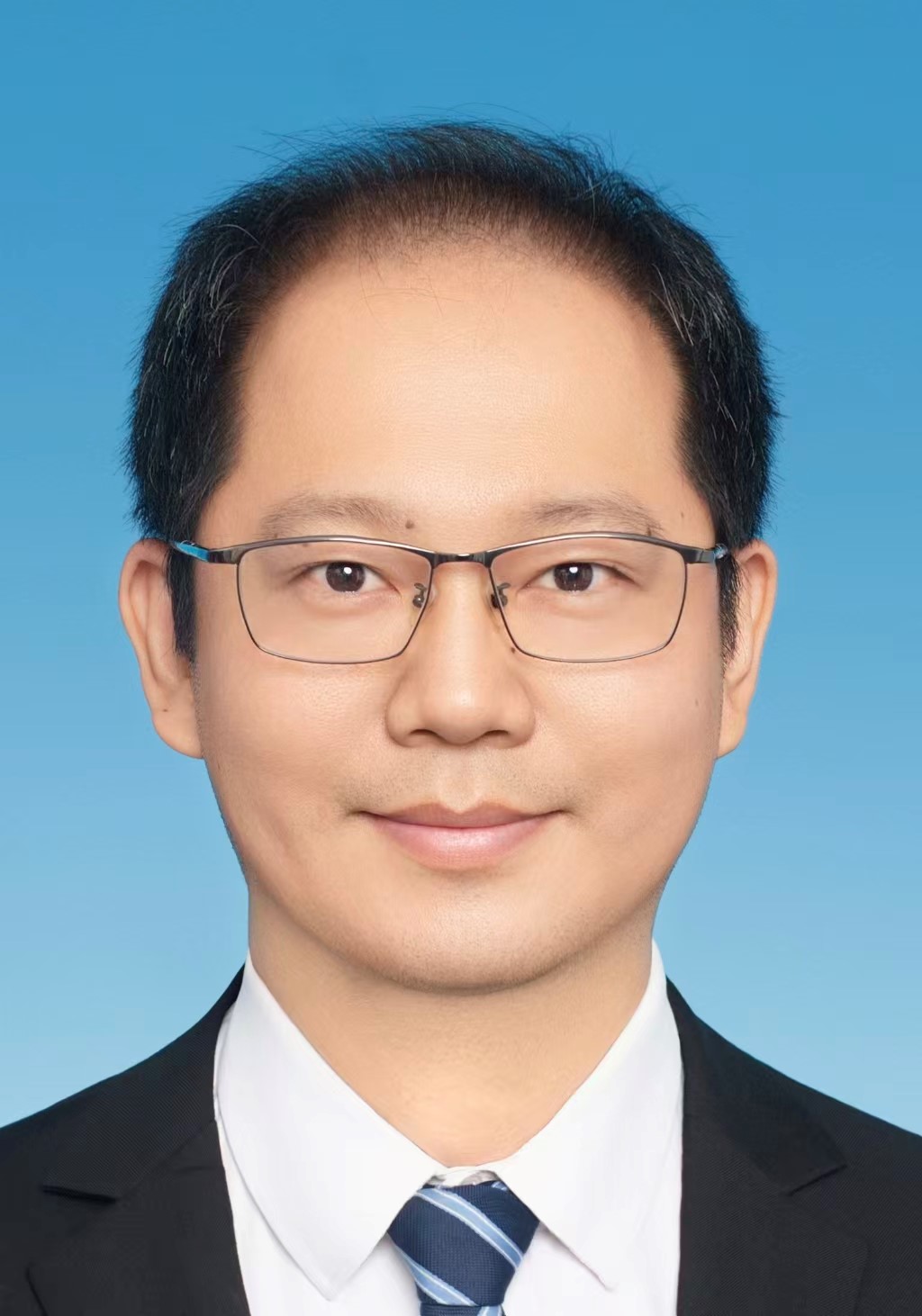
Prof. Ning Wang, Zhengzhou University, China
Experience: Ning Wang received the B.E. degree in communication engineering from Tianjin University, China, in 2004, the M.A.Sc. degree in electrical engineering from the University of British Columbia, Canada, in 2010, and the Ph.D. degree in electrical engineering from the University of Victoria, Canada, in 2013. From 2004 to 2008, he was with the China Information Technology Design and Consulting Institute as a Mobile Communication System Engineer, specializing in telecommunication network traffic analysis and radio network planning/optimization. From 2013 to 2015, he was a Postdoctoral Research Fellow with the Department of Electrical and Computer Engineering and the Institute for Computing, Information and Cognitive Systems, the University of British Columbia. Since 2015, he has been with the School of Electrical and Information Engineering (School of Information Engineering), Zhengzhou University, Zhengzhou, China, where he is currently a full Professor and Chair of the Department of Communication Engineering. He also holds adjunct appointments with the Department of Electrical and Computer Engineering, University of Victoria, Canada, and the State Key Laboratory of Millimeter Waves, Southeast University, China. In 2017, he was a Visiting Scholar in the Department of Electronic Engineering, Tsinghua University, China. His research interests include resource allocation and security designs of cellular networks, channel modeling for wireless communications, statistical signal processing, and cooperative wireless communications. He serves as the Deputy Secretary-General of the Intelligent Transportation Information Engineering Society of the Chinese Institute of Electronics. He has also served on the technical program committees of international conferences including the IEEE GLOBECOM, IEEE ICC, IEEE WCNC, ICICC and CyberC.
Title: Physical Layer Secure mmWave MIMO Communications with Limited RF Chains: Joint Hybrid Beamforming and AN Design via MSE Minimization on Manifolds
Abstract: Transmitting artificial noise (AN) alongside information-bearing signals is a widely adopted technique to enhance physical layer security in multiple-input multiple-output (MIMO) wireless communications. However, existing AN-aided MIMO precoding schemes are subject to a critical limitation: their strong dependence on the availability of null-space within the legitimate channels. To address this, we propose a joint optimization framework for hybrid beamforming (HBF) and AN in millimeter wave (mmWave) MIMO systems. This framework simultaneously optimizes HBF and AN with the objective of minimizing the sum mean square error (sum-MSE) across all legitimate user equipment (UE) and the eavesdropper. The proposed method decomposes the sum-MSE minimization problem into coupled transmitter-receiver sub-problems solved via alternating optimization. For the transmitter sub-problem, manifold optimization handles the analog beamformer design under constant modulus constraints, while closed-form solutions are derived for the digital precoders and AN beamformer. This coordinated multi-dimensional signal processing approach enables efficient simultaneous updates of the digital precoders and the AN beamformer within each iteration. Simulation results demonstrate the proposed method's superior secrecy performance compared to conventional null-space-dependent techniques. Notably, the method remains effective even when the null-space is unavailable.
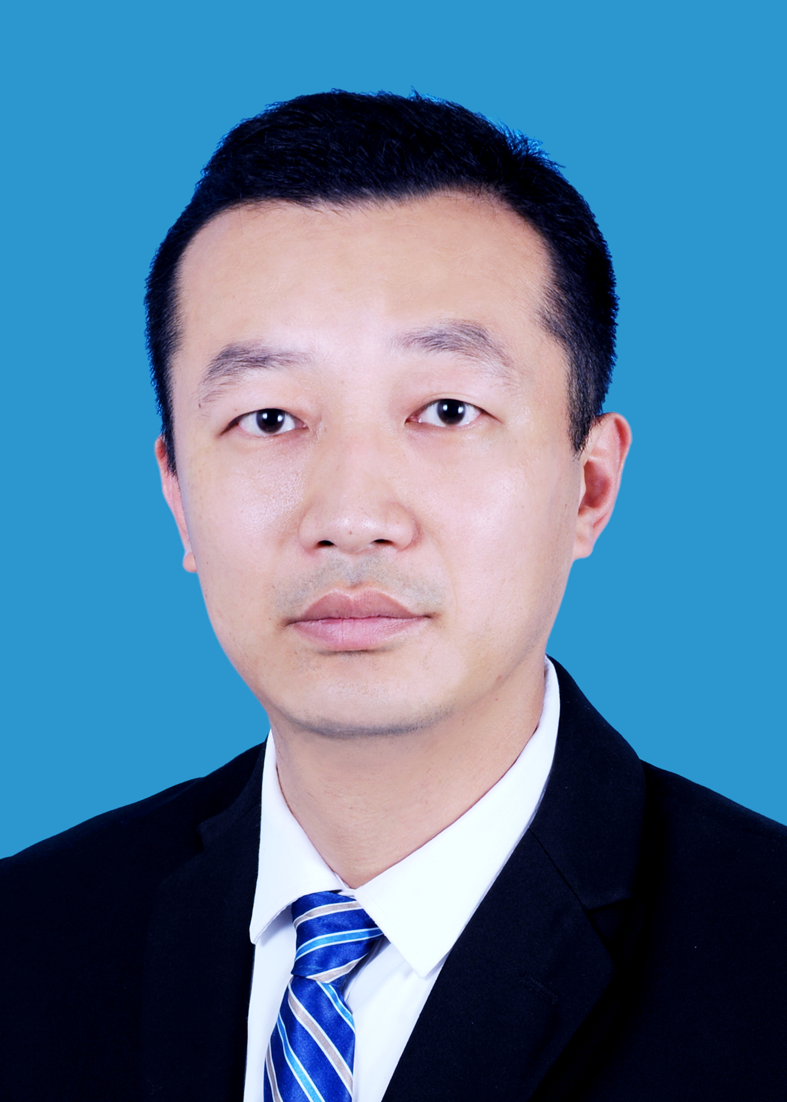
Assoc. Prof. Yufeng Wang, Nanyang Institute of Technology, China
Experience: Wang Yufeng, PhD in Computer Science, Associate Professor, Master's Supervisor, graduated from the School of Computer Science, Wuhan University. He is an outstanding teacher in Henan Province and the second batch of young academic backbone of Nanyang Institute of Technology. He has successively presided over and participated in more than 10 scientific research projects at the national and provincial levels, published more than 20 academic papers publicly. His main research directions include optimization scheduling, intelligent computing, and deep learning.
Title: Research on Constrained Multi-Objective Optimization Based on Evolutionary Computation
Abstract: A decomposition-based dual population constrained multi-objective evolutionary algorithm (DD-CMOEA) is proposed to address the issues of neglecting some feasible solution regions, uneven distribution of solution sets, and difficulty in fully approaching the actual Pareto front in constrained multi-objective optimization problems. This method effectively overcomes constraint barriers and improves the distribution quality and diversity of the solution set by introducing a dual population collaborative search mechanism and angle-constrained dominance principle. Specifically, DD-CMOEA divides the population into two co-evolving sub-populations, searching for constrained Pareto frontiers and unconstrained Pareto frontiers, respectively. In the first stage, the unconstrained sub-population quickly locates potential high-quality solution regions through global exploration under unconstrained conditions. It helps the constrained sub-population overcome constraint obstacles through information exchange, effectively expanding the feasible solution space. In the second stage, when the convergence speed of unconstrained sub-populations tends to stagnate, a reverse search strategy based on the principle of angle constraint dominance is introduced to guide constrained sub-populations to conduct detailed searches towards the boundary region of the target space, ensuring that the solution set can cover the entire constrained Pareto front and improving the distribution uniformity and diversity of solutions. Additionally, an adaptive constraint boundary extension mechanism was designed to dynamically adjust the search range, thereby enhancing the algorithm's ability to handle complex constraint conditions.
